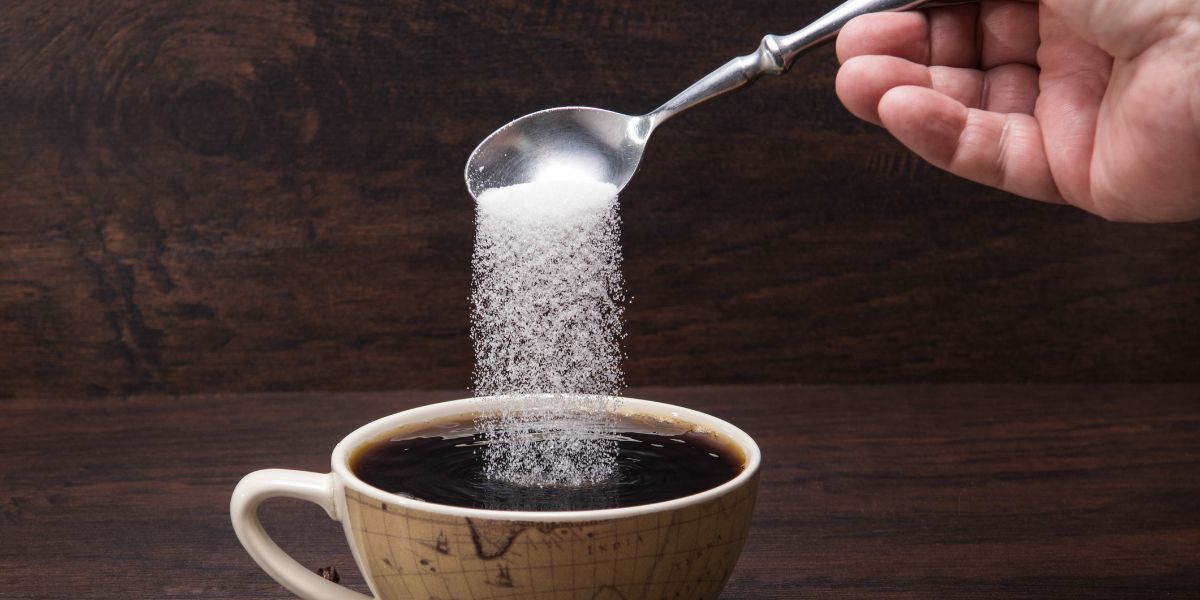Sugar alcohols are a type of carbohydrate known as polyols that are commonly used in place of table sugar (sucrose) to sweeten food and drink products.
The title ‘sugar alcohols’ is a bit misleading as these substances don’t actually contain any sugar or alcohol – the name is derived from their chemical structure, part of which resembles sugar and part of which is similar to alcohol.
Where do they come from?
Some sugar alcohols are extracted from plants (e.g. sorbitol from corn syrup and mannitol from seaweed), but the majority are manufactured from sugars and starches.
What are the benefits of using sugar alcohols?
Unlike sugar, sugar alcohols are not completely absorbed into the blood stream from the small intestines.
As a result, the have less of an impact on blood glucose than regular sugar (sucrose) and provide fewer calories per gram, making them popular sweeteners among diabetics and people on low-carb diets.
In addition, sugar alcohols do not contribute to tooth decay, so are often added as a sweetener to chewing gum. In fact, one sugar alcohol ( xylitol ) actually inhibits bacterial growth in the mouth.
Can they affect your health?
Like many other incompletely digestible substances, sugar alcohols can ferment in the intestines and cause gas, or diarrhoea, especially if consumed in large amounts.
With continued use, however, most people develop a degree of tolerance to sugar alcohols and no longer experience these symptoms.
How are sugar alcohols labelled?
A product that contains sugar alcohols will have the names of these sweeteners listed on the ingredients label.
They are usually included in the amount of carbohydrate on the ingredients list, either in the total count or on a separate line for sugar alcohols.
How do they compare with other carbohydrates?
While sugar alcohols have fewer calories than sugar (sucrose), they have less food energy and are not as sweet (with the exception of Xylitol ), meaning they must be used in larger quantities to get the same sweetening effect as table sugar.
| Sugar Alcohol | Sweetness relative to sucrose | Food energy (kcal/g) | Sweetness perfood energy, relative to sucrose | Glycemic Index (GI) |
|---|---|---|---|---|
| Erythritol | 0.812 | 0.213 | 15 | 0 |
| Hydrogenated Starch Hydrolysate (HSH) | 0.4–0.9 | 3.0 | 0.52–1.2 | 39 |
| Isomalt | 0.5 | 2.0 | 1.0 | 9 |
| Lactitol | 0.4 | 2.0 | 0.8 | 6 |
| Maltitol | 0.9 | 2.1 | 1.7 | 36 |
| Mannitol | 0.5 | 1.6 | 1.2 | 0 |
| Sorbitol | 0.6 | 2.6 | 0.92 | 9 |
| Xylitol | 1.0 | 2.4 | 1.6 | 13 |
| Compared with Sucrose | 1.0 | 4.0 | 1.0 | 60 |
The table above shows how the most widely-used sugar alcohols differ in terms of sweetness, food energy and blood sugar impact, compared to sucrose.




